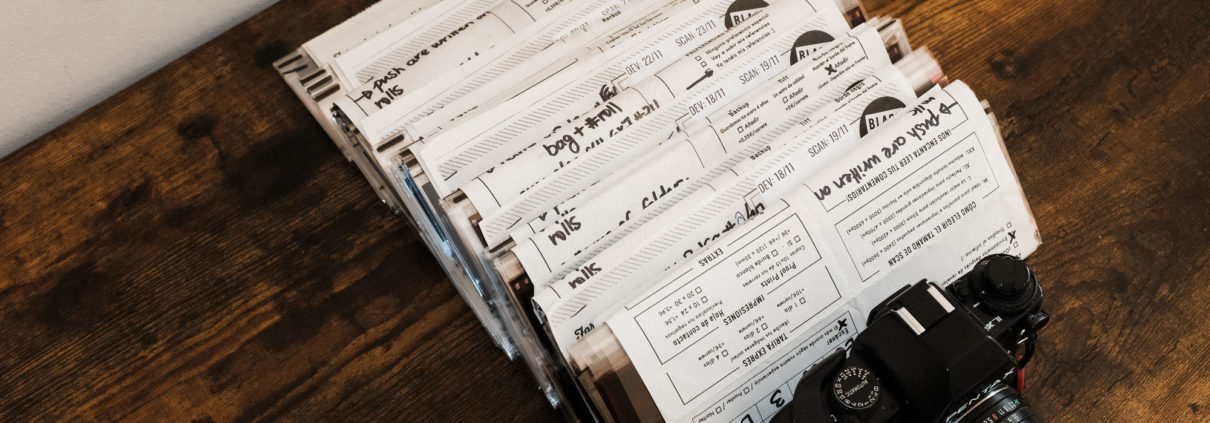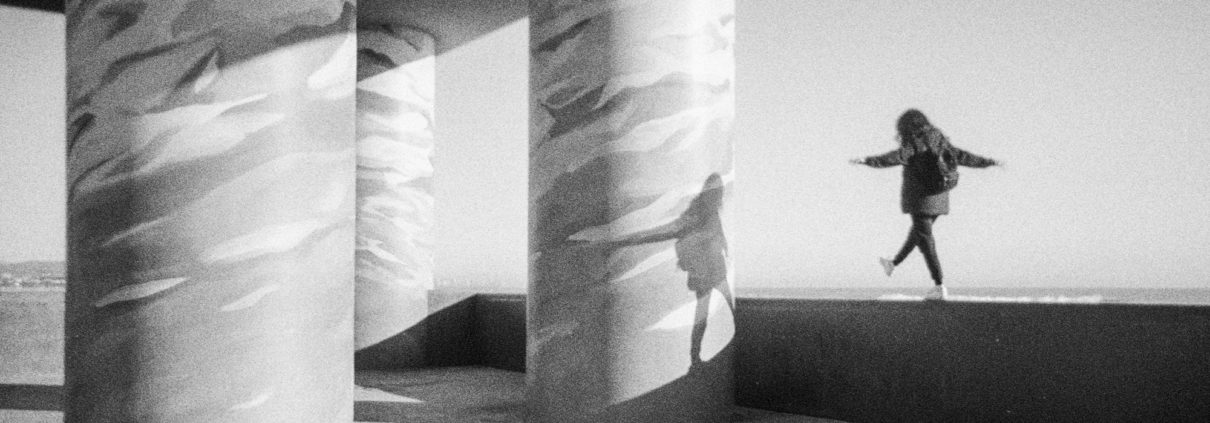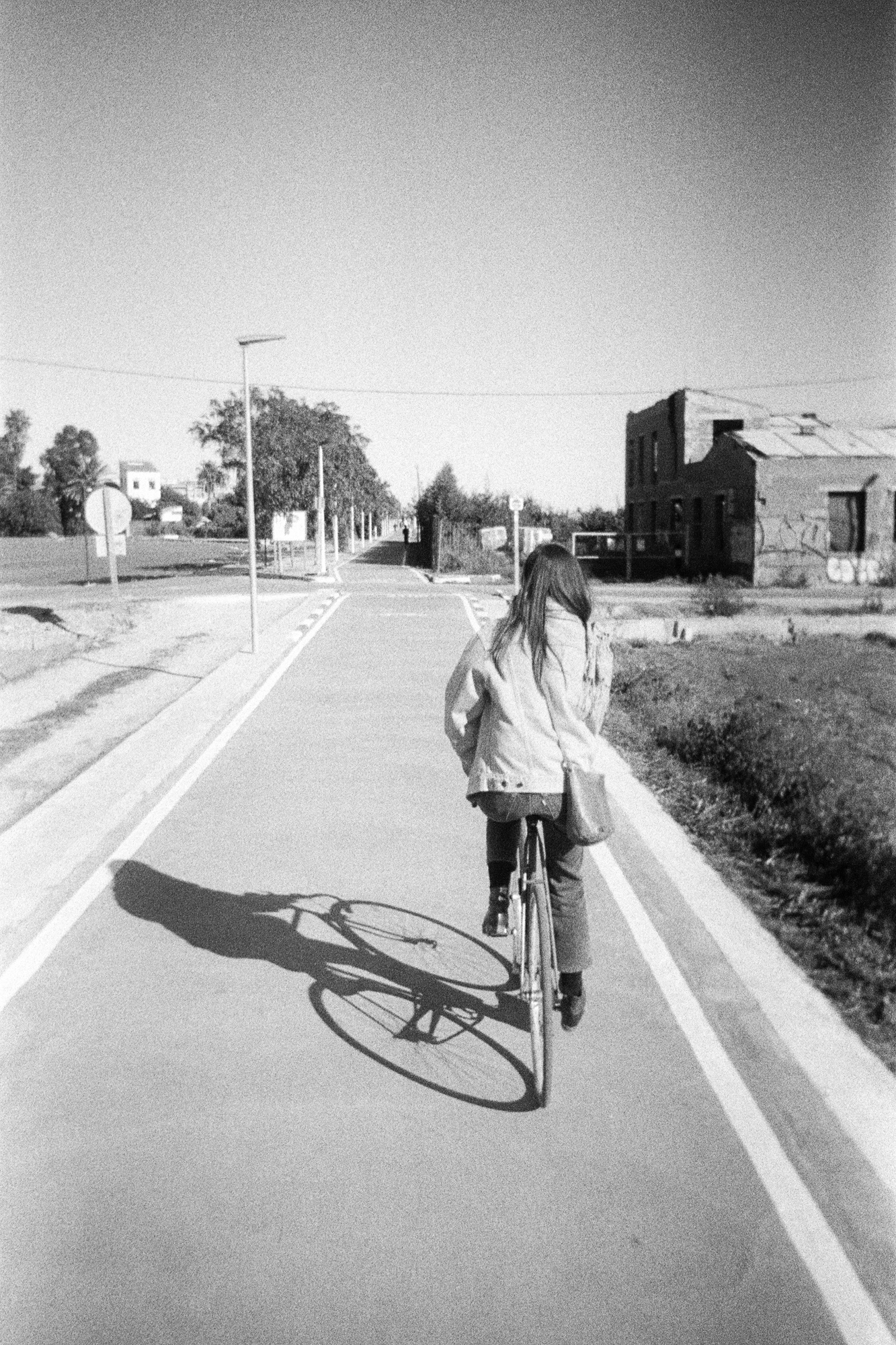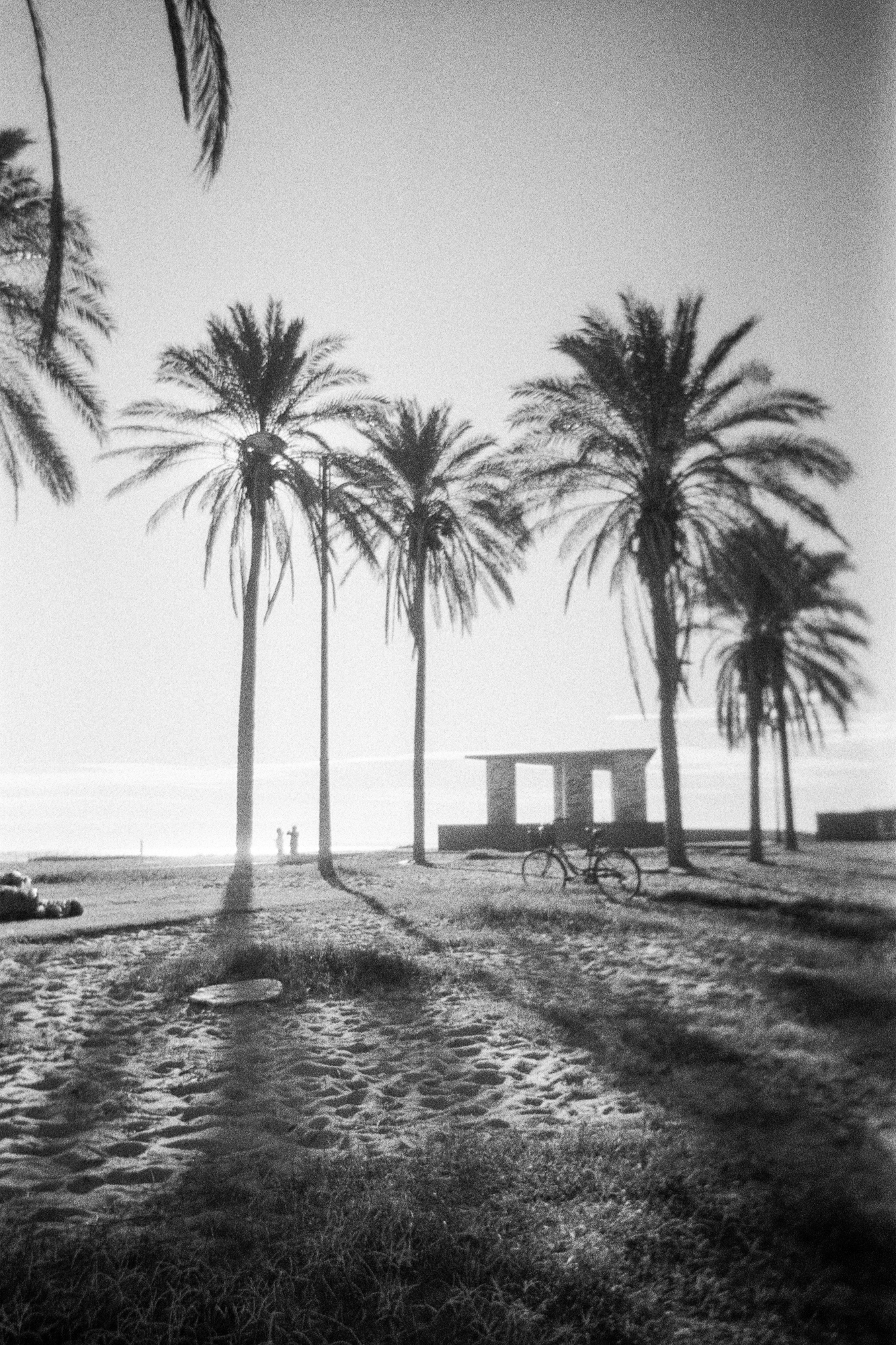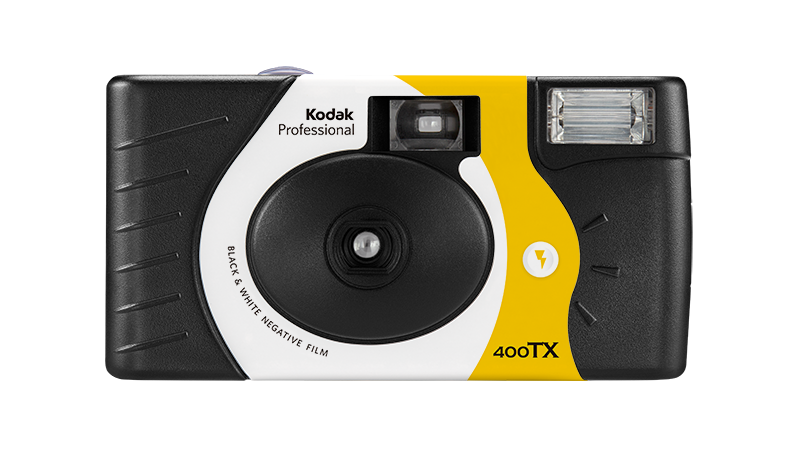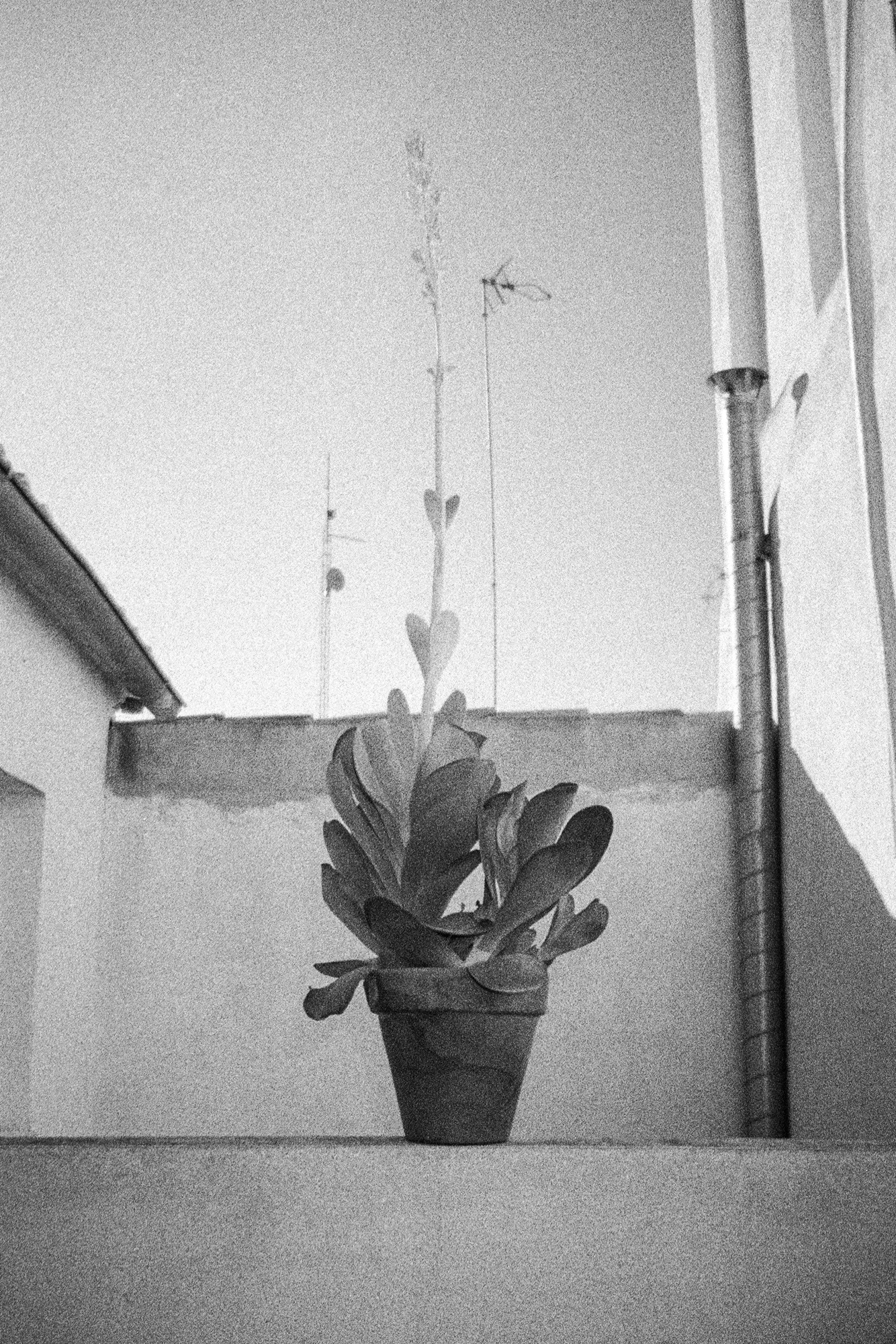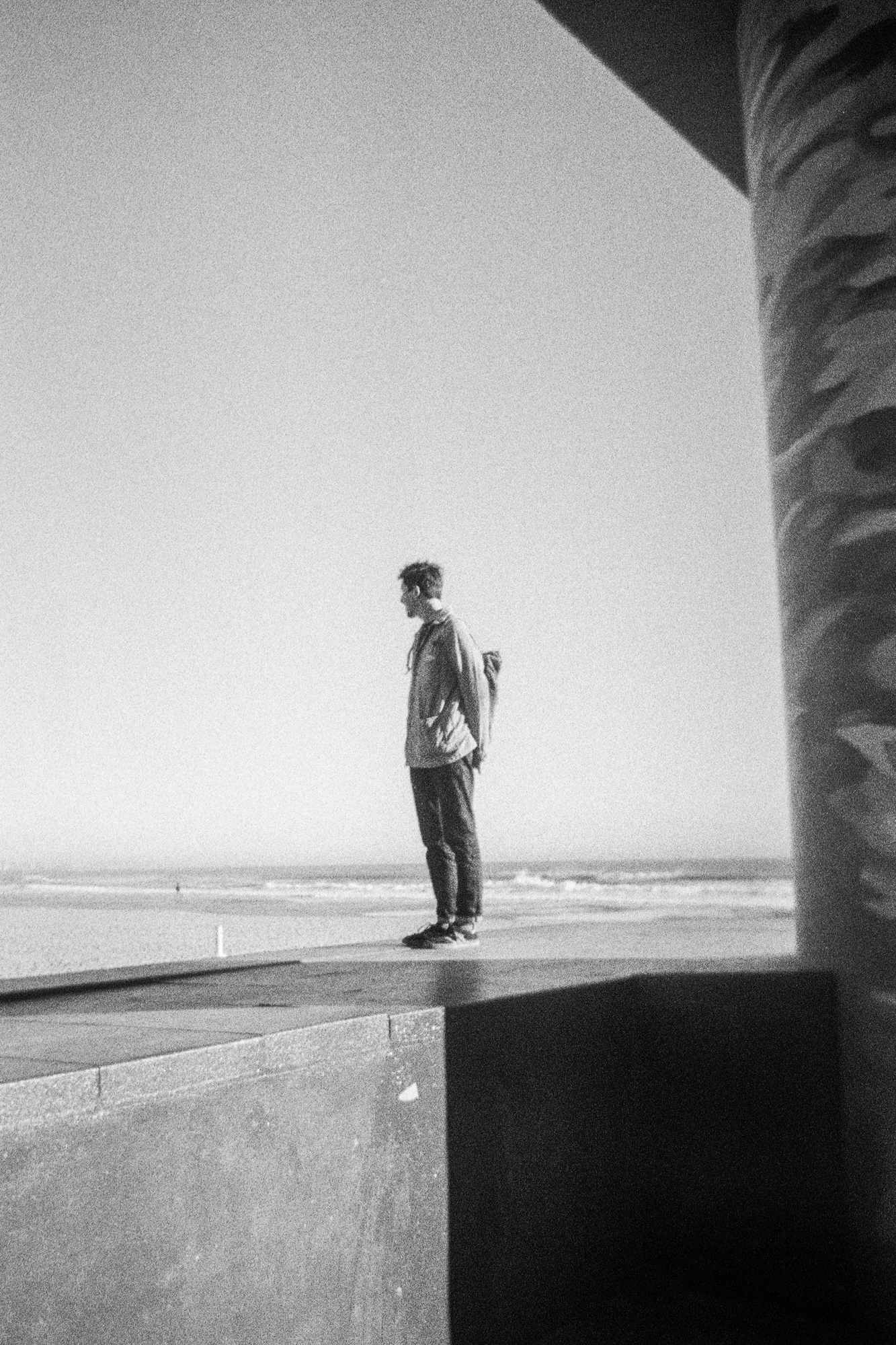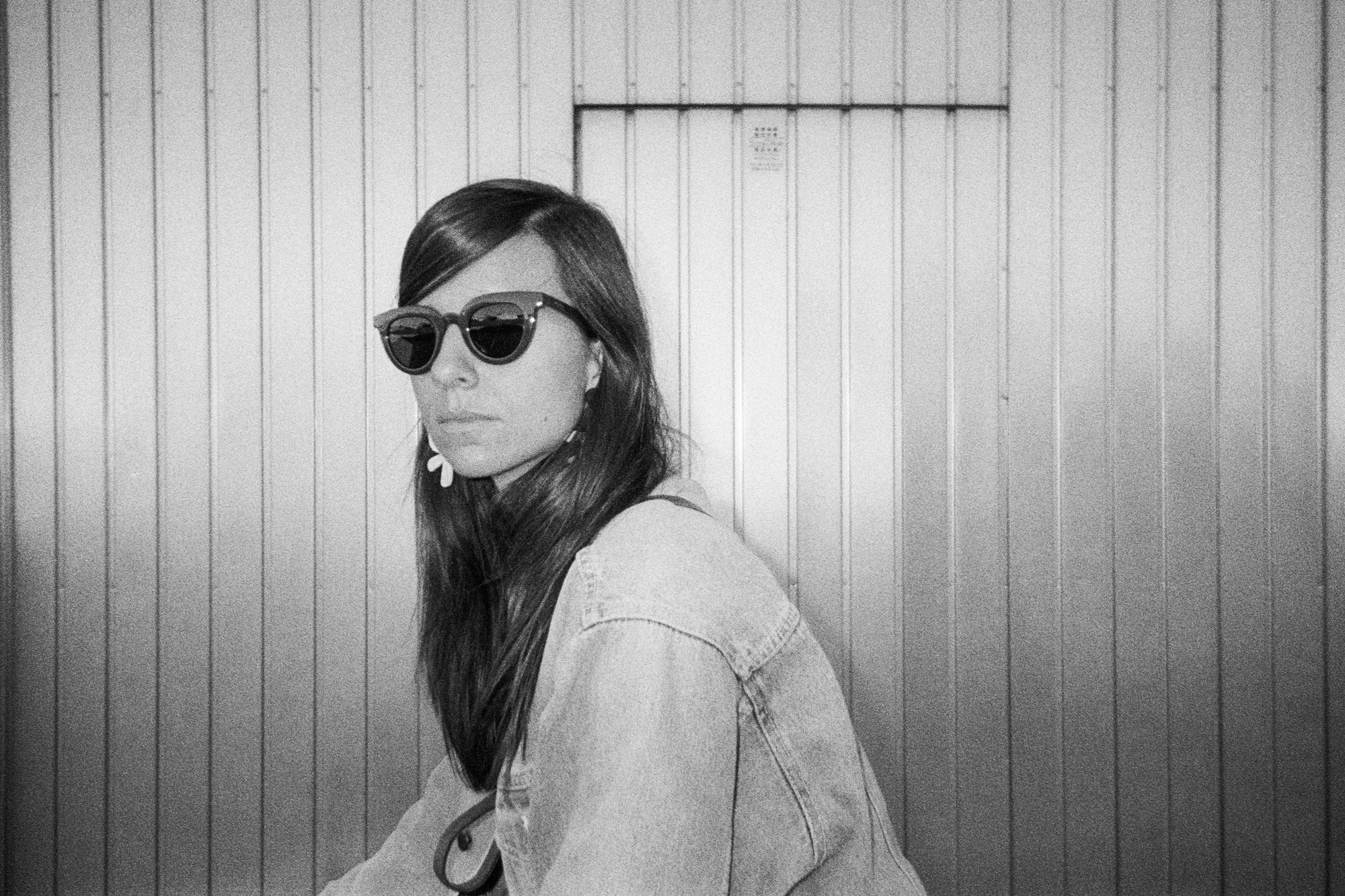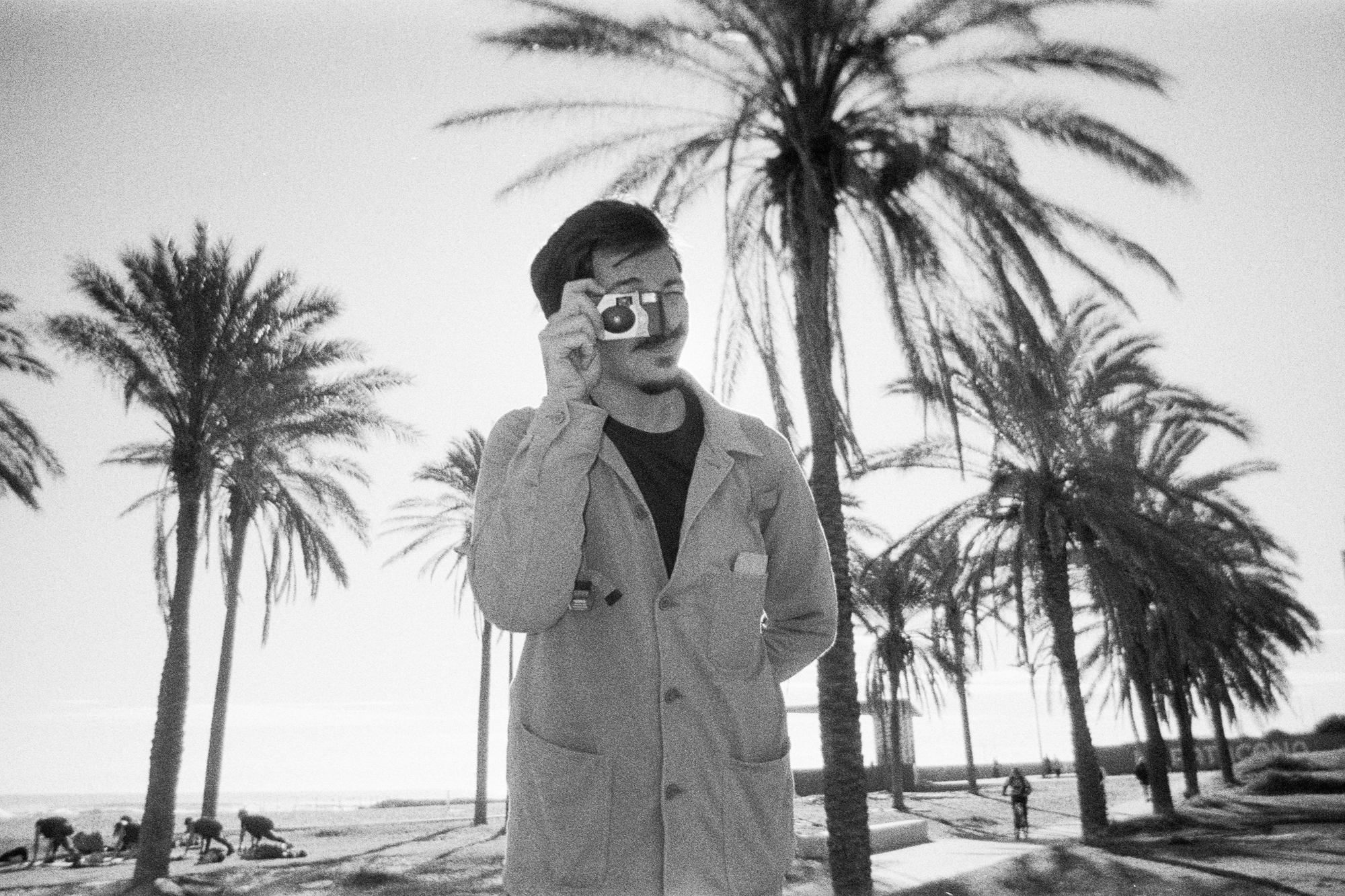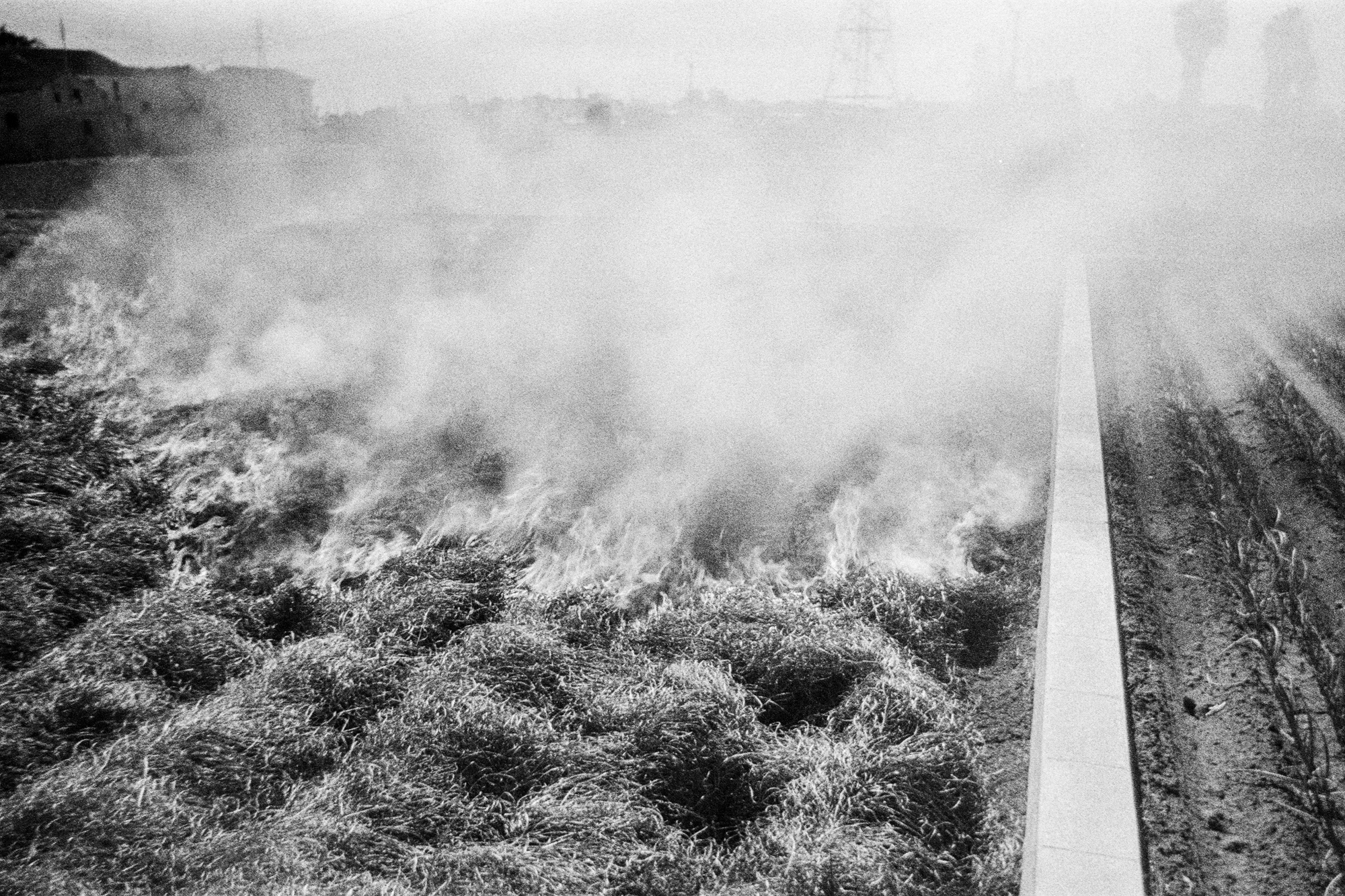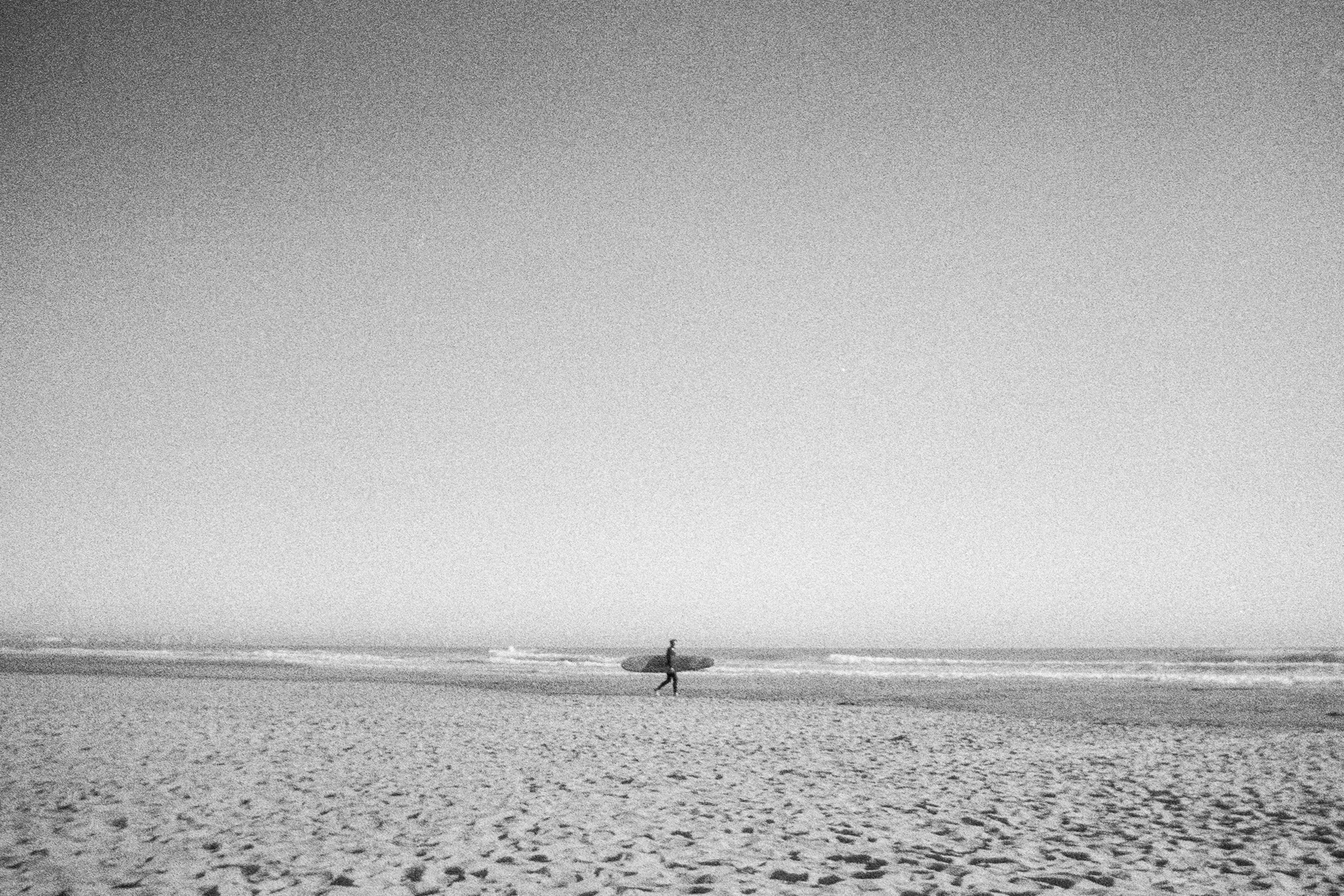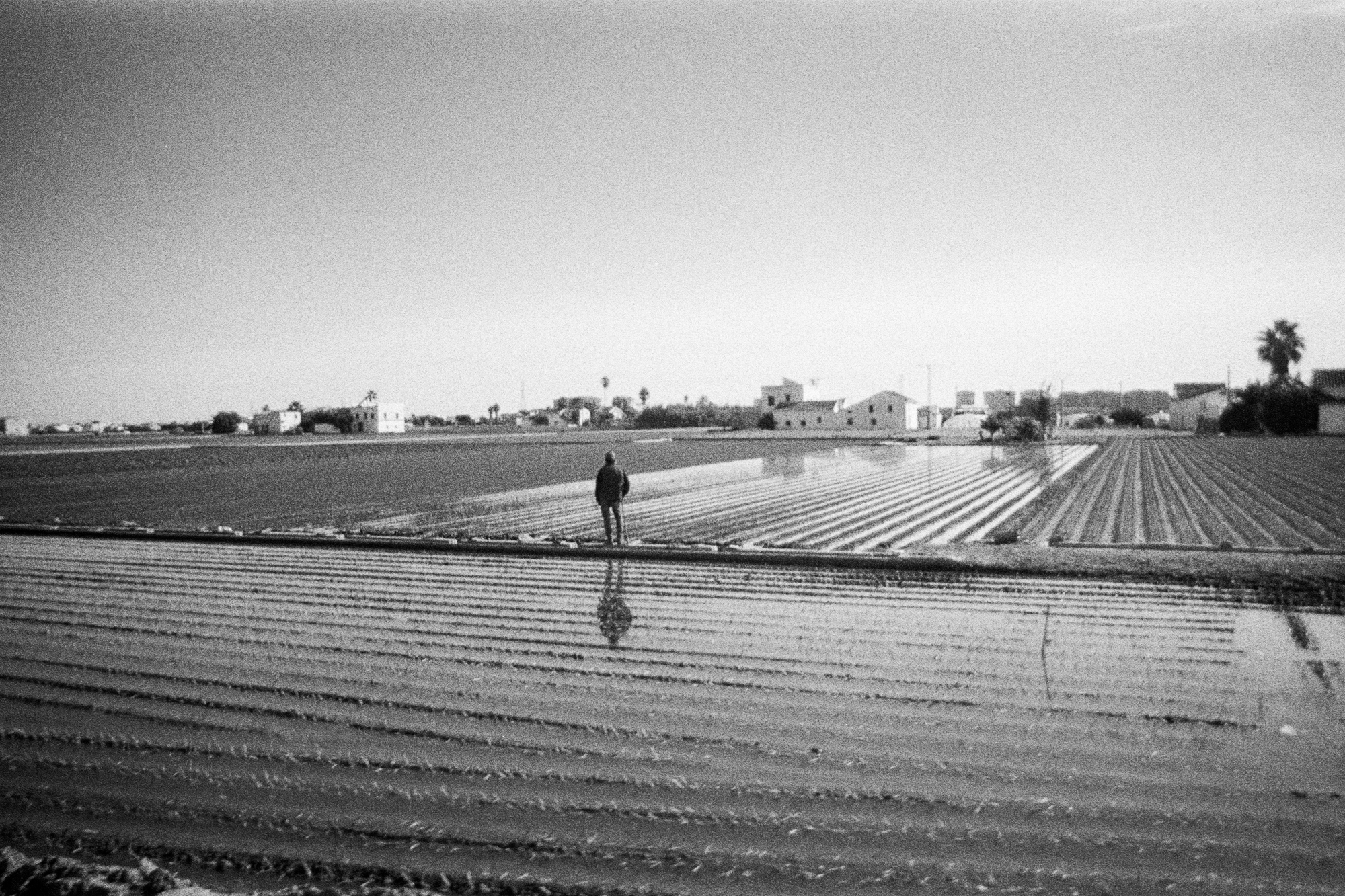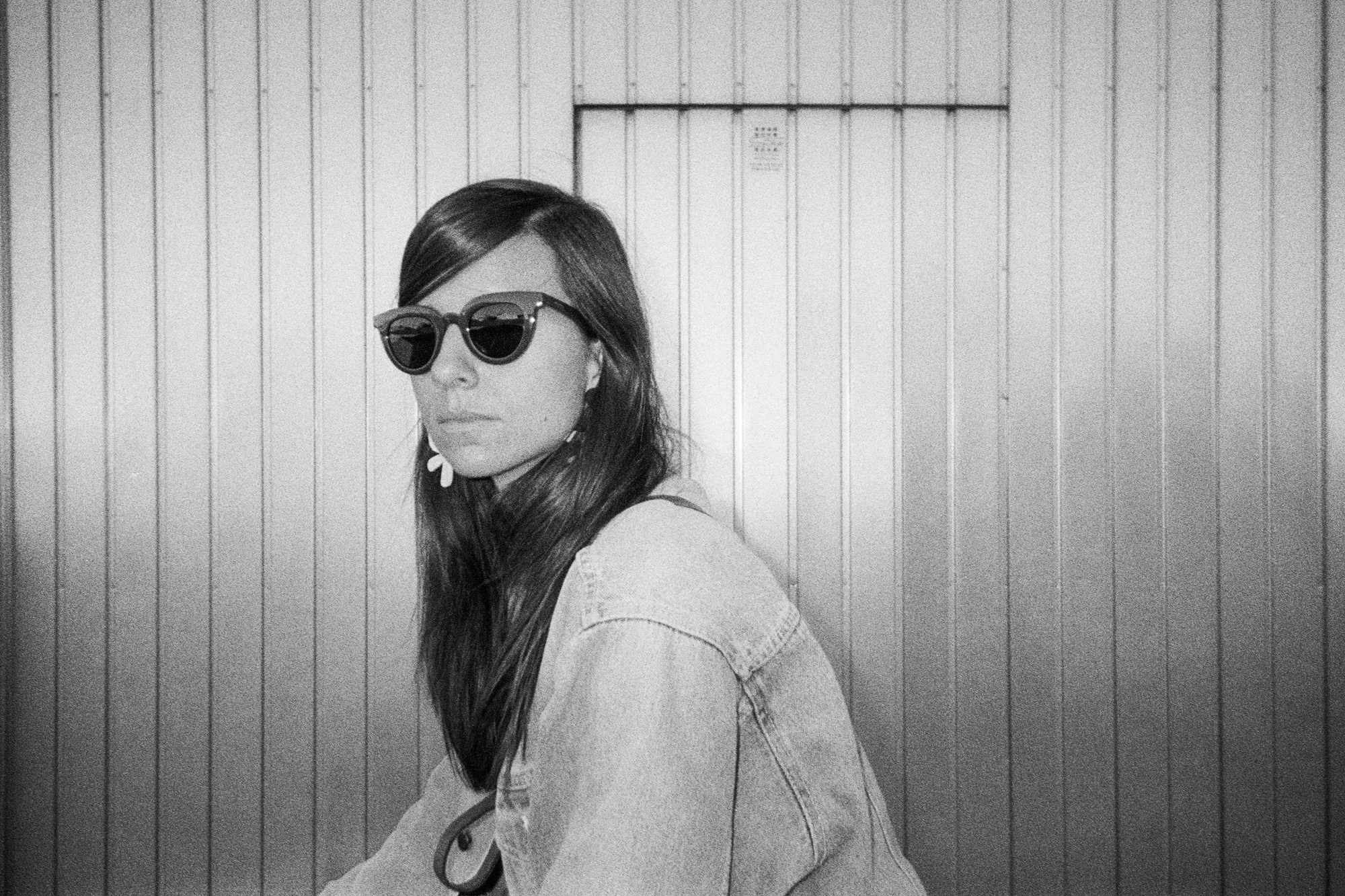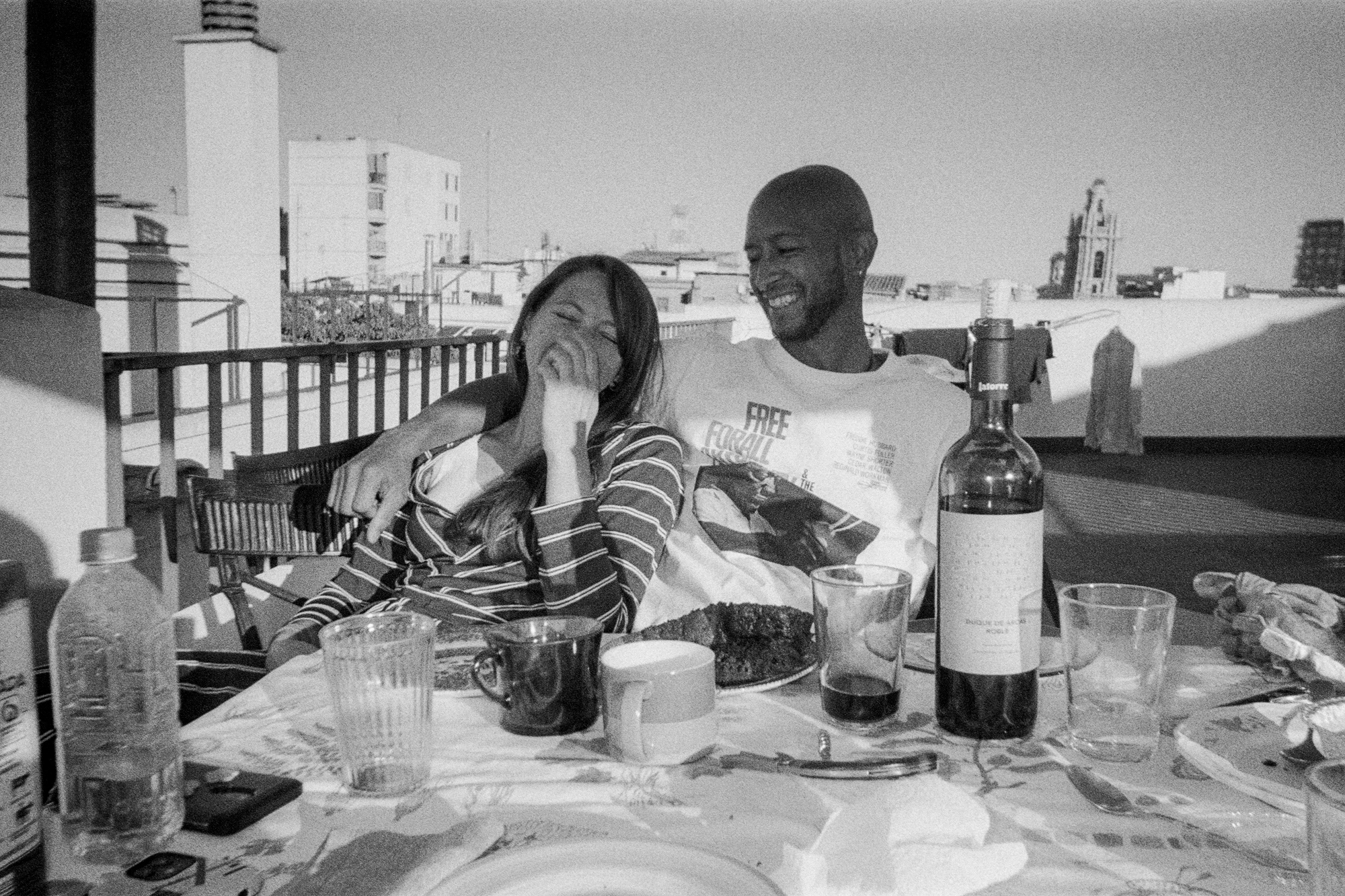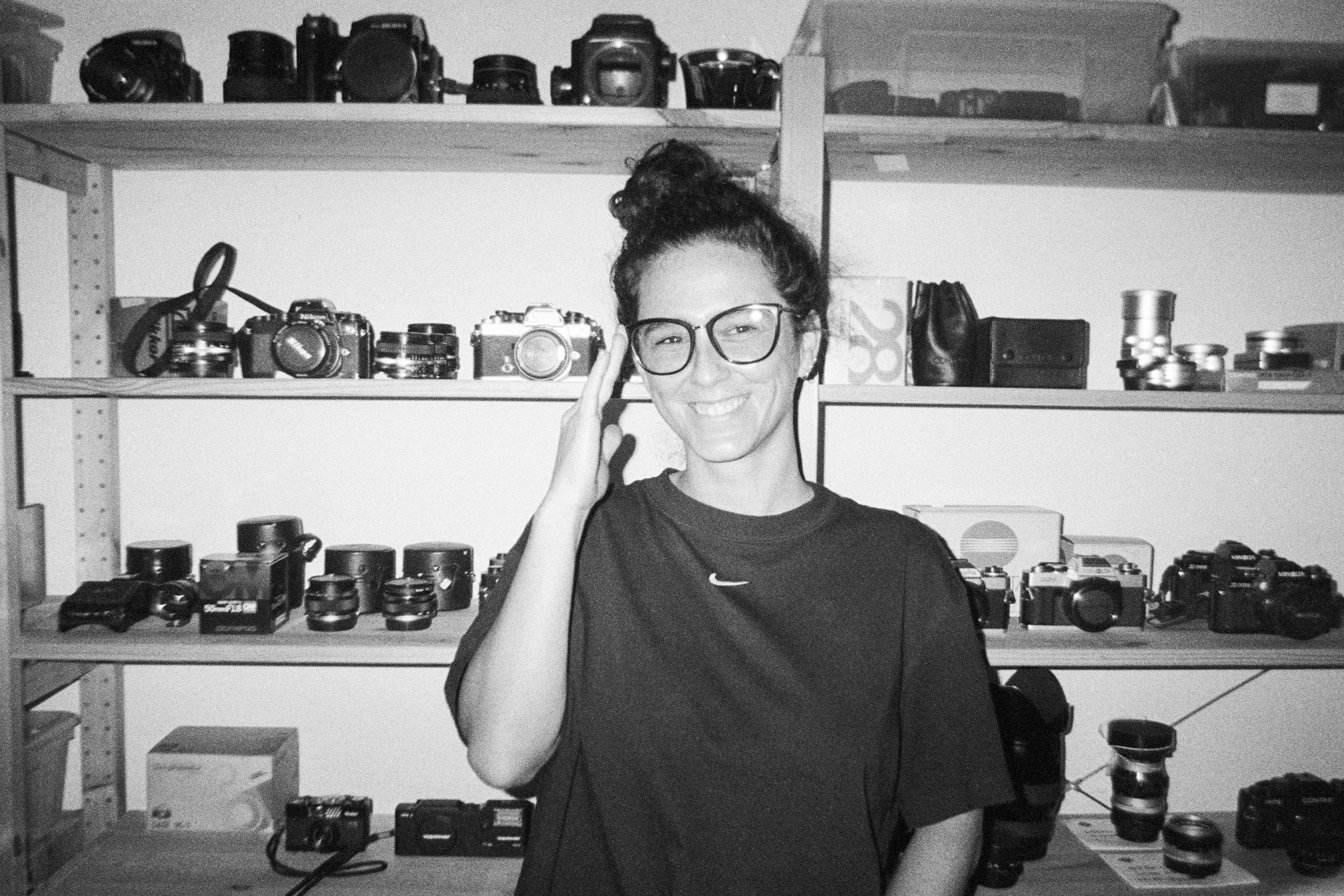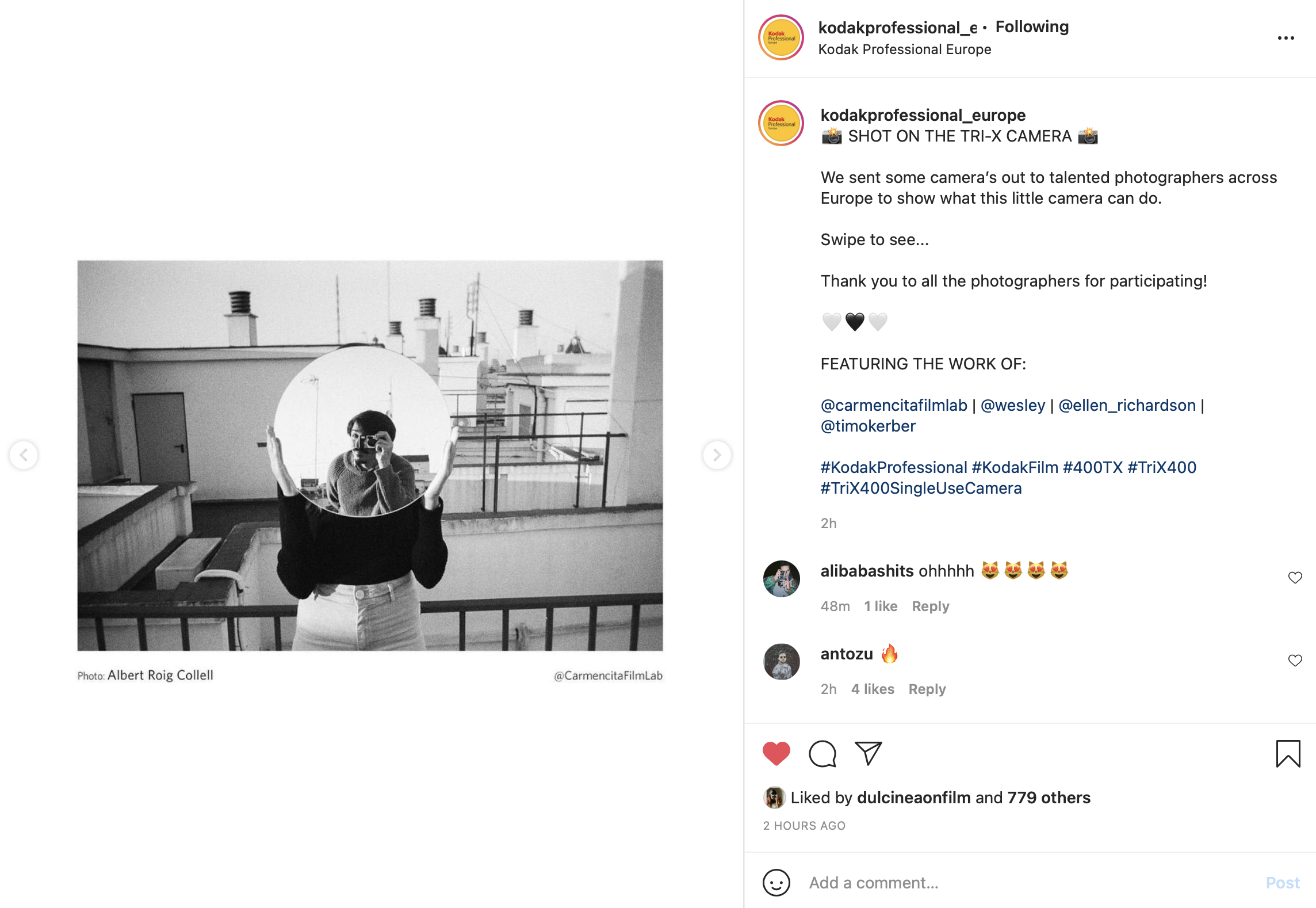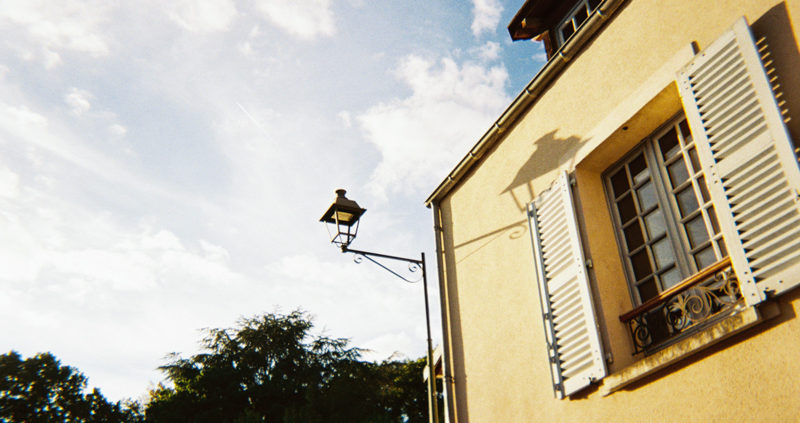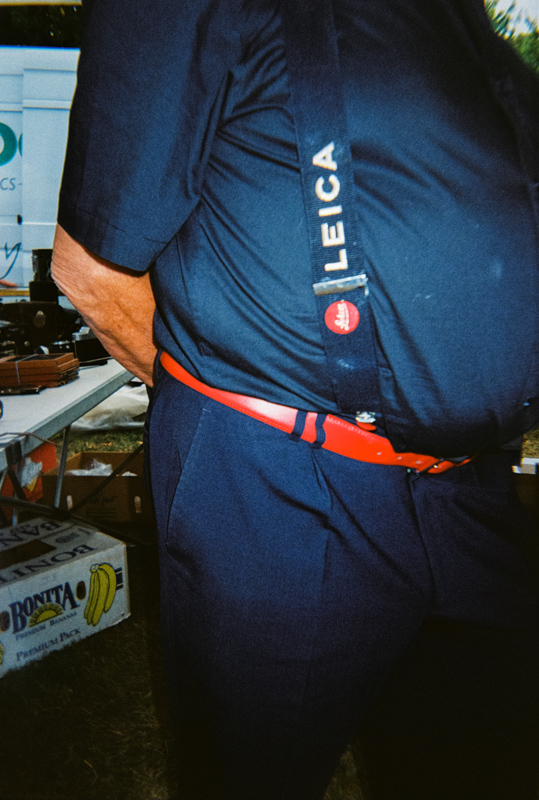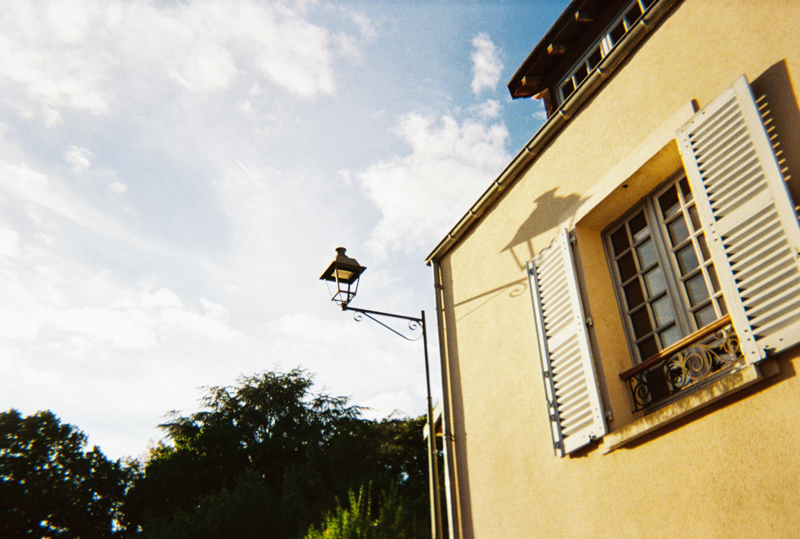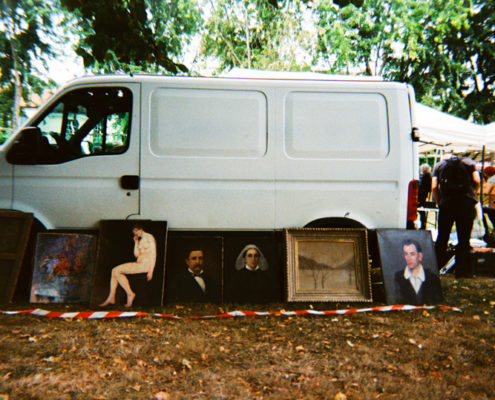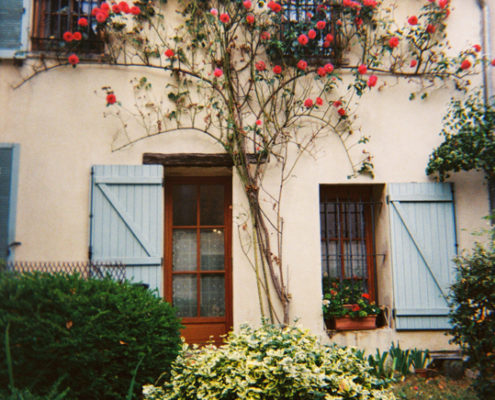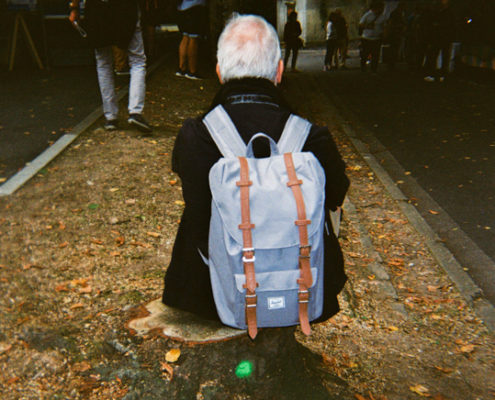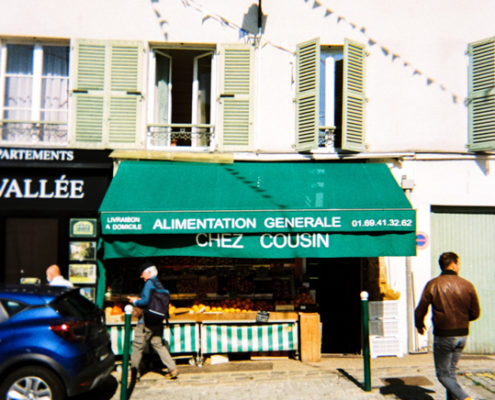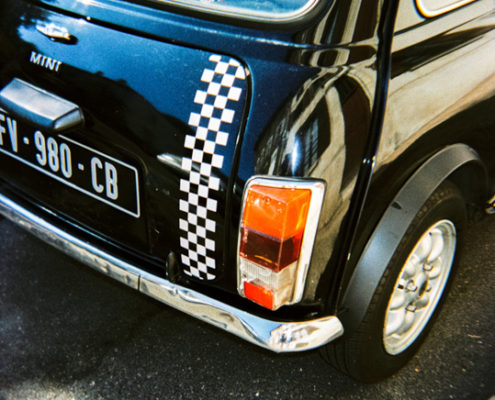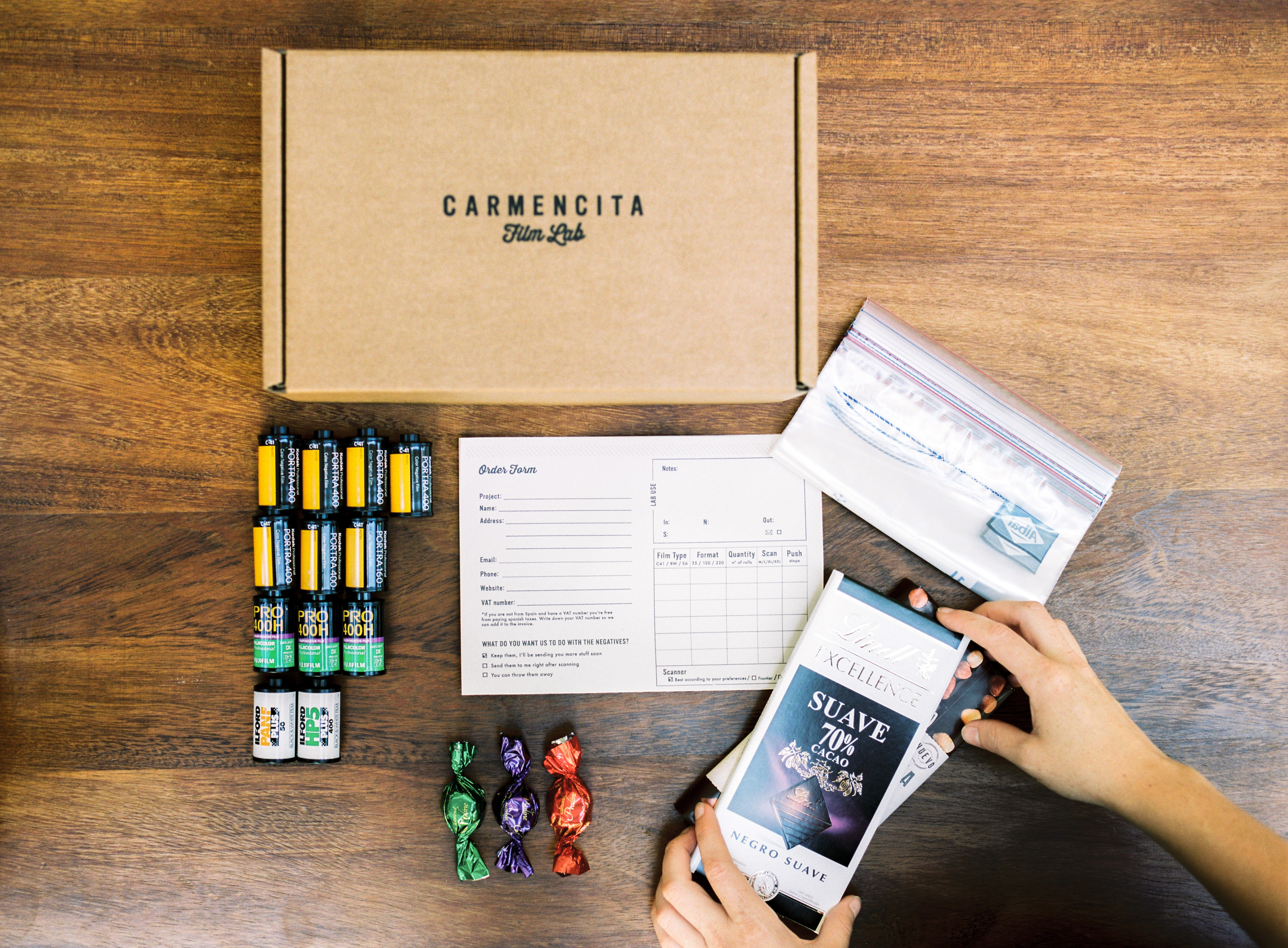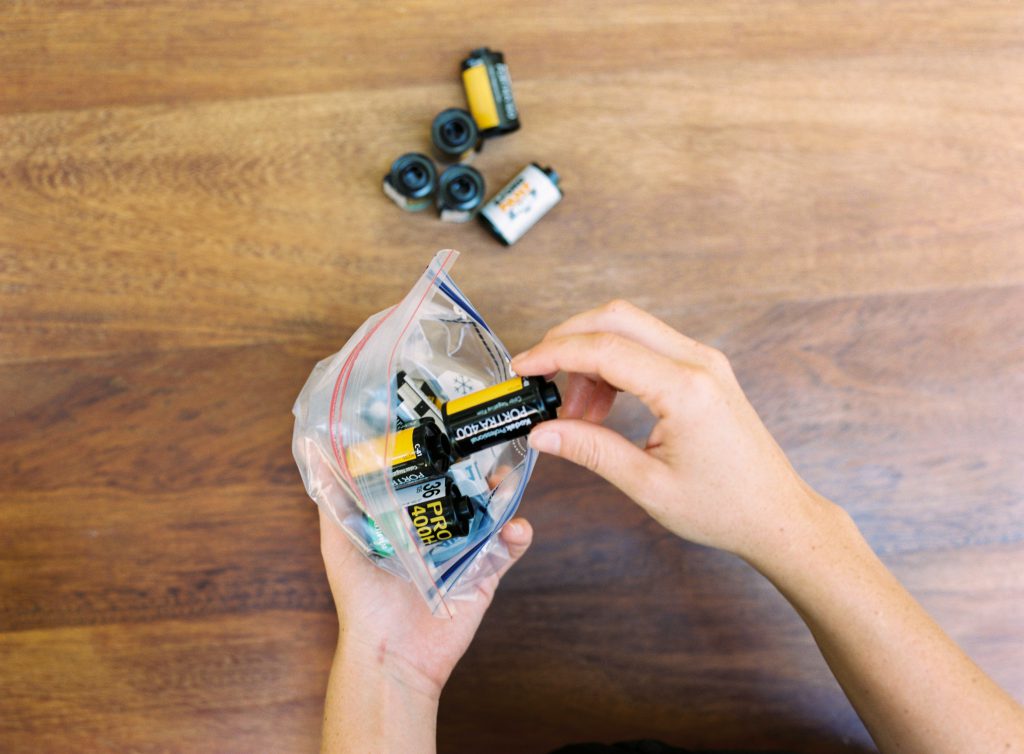How To Archive Your Negatives
This is a bit of a different one. We’ve been working on Wesley Verhoeve film for a while and we couldn’t be happier to be part of his Newsletter.
If you are a photographer, and especially a film photographer, we can’t stress enough how valuable the PROCESS Newsletter is. To be honest, it’s really hard to find individuals who share & post valuable information about film photography these days and Wesley’s newsletter got us literally hooked since the first time we read it.
(PLUS there is always a giveaway in every PROCESS issue!)
One of his later topics was how to properly archive your negatives we found it to be so interesting that we asked him if it was okay to share it with everyone.
So here it is! We hope you enjoy it as much as we did!
How To Archive Your Negatives And Honor Your Work
In the past few weeks, I’ve gotten a lot of requests to share my process for organizing and archiving negatives and your timing was perfect because a big batch just arrived from my friends at Carmencita Film Lab. Look at this sweet sight of fresh negatives!

There are many reasons to keep your negatives organized and at the center of all of them is the belief that your photos matter. Whether you’re a professional or a hobbyist, your work is important. It doesn’t matter whether it’s important to the entire planet or only to your partner or your future child or your family.
Keeping a tidy archive is like making your bed in the morning. It’s a little bit of work upfront but it pays off tremendously if you do it consistently. A calm mind, an easily found photo, a chronological timeline of your life and photography skills, and a bunch of other things that Future You would be grateful to Today You for.
Sure, you can keep your negatives in the envelope and throw them in a shoebox and you could probably find something if you dig through it for a while, but once again: your work matters, treat it as such.
Let’s get started! Here’s everything we need. A pen, negative binders, and sleeves.
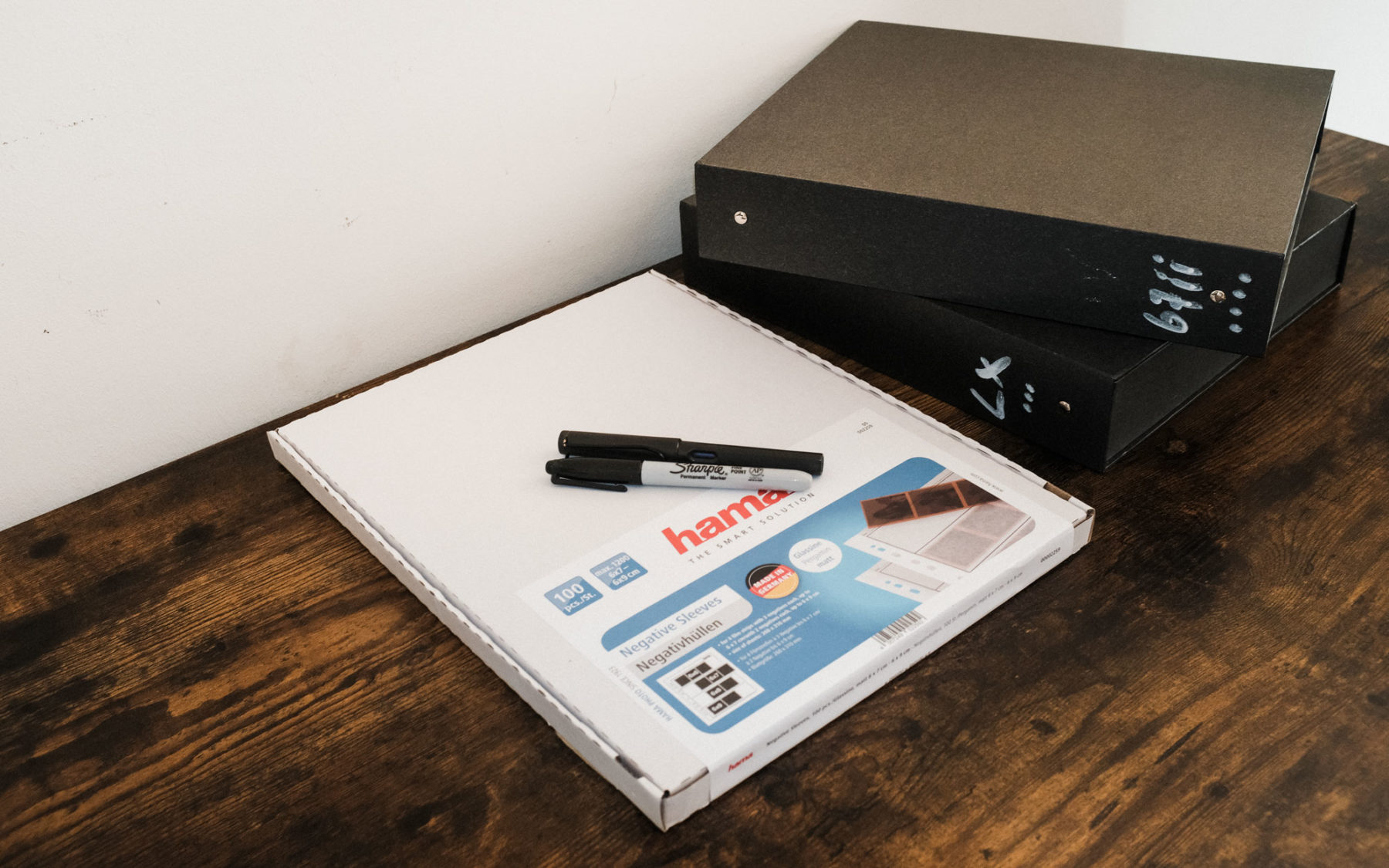
I recently switched from polyethylene sleeves by Printfile to glassine sleeves by Hama. The polyethylene sleeves are transparent which makes it easier to see the negatives, but they’re significantly more expensive and it’s 2022 so I switched.
Hama has been around for nearly 100 years and all my dad’s negatives from the 80’s and 90’s have been stored in these for decades. They’re also a bit lighter in weight, and they have a satisfying sound when you’re leafing through your binder.
For storage, I use Ars-Imago ring box binders, which keep away dust and look great on my shelves. My pals at Retro Camera sell them and they fit 100 rolls of film. There are many other options that are fine too. All you really need is any three-ring binder.
I mark the spine with the name of the camera used since that is the top level of my organization. I add dots to indicate which rolls are in that binder. If the spine has one dot, that means it contains rolls 1 through 100. The top binder in the picture above says “67ii ••••” which means it has rolls 300 through 400 shot on the Pentax 67ii.
Let’s grab our first roll from the batch of fresh negatives and get started!

First I take a quick look to see what’s on this roll (see above). Then I consult my roll notes (see the phone screen below) to confirm it was roll 202 shot on the Pentax LX.

Next I cross-reference what I see on the negative with what is in the scan folder for roll 202 to make sure no mistakes were made (see below). These first three steps take maybe one minute combined once you’re well-practiced.
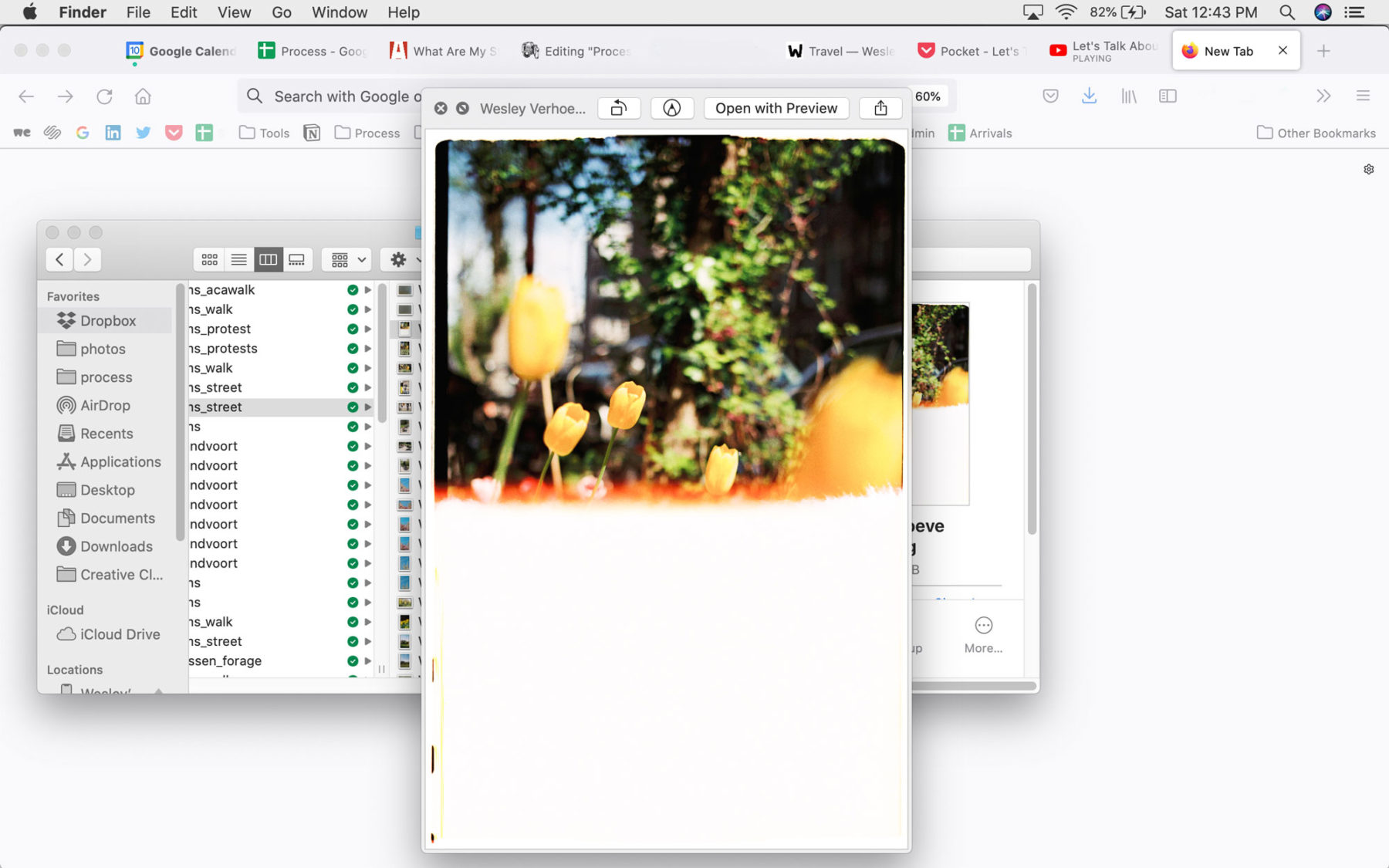
As you may remember from Process issue 012, I am a big proponent of keeping notes for each roll of film, which I do on Apple Notes. These notes are play a key role in an organized archive. If I ever need to find a portrait of a specific person all I have to do is search my roll notes for their name with the Apple search function and it shows me which roll it’s on, which in turn tells me which binder to grab. It’s super fast and easy.
Back to archiving: Now that I’ve determined which roll this sleeve is, I transpose the key information from my roll notes onto the new sleeve (see below). Each sleeve has, from right to left, the shorthand code for the camera (LX = Pentax LX), the roll number (202), the date (2021.04.26), and the theme of the shoot (Amsterdam street photography).
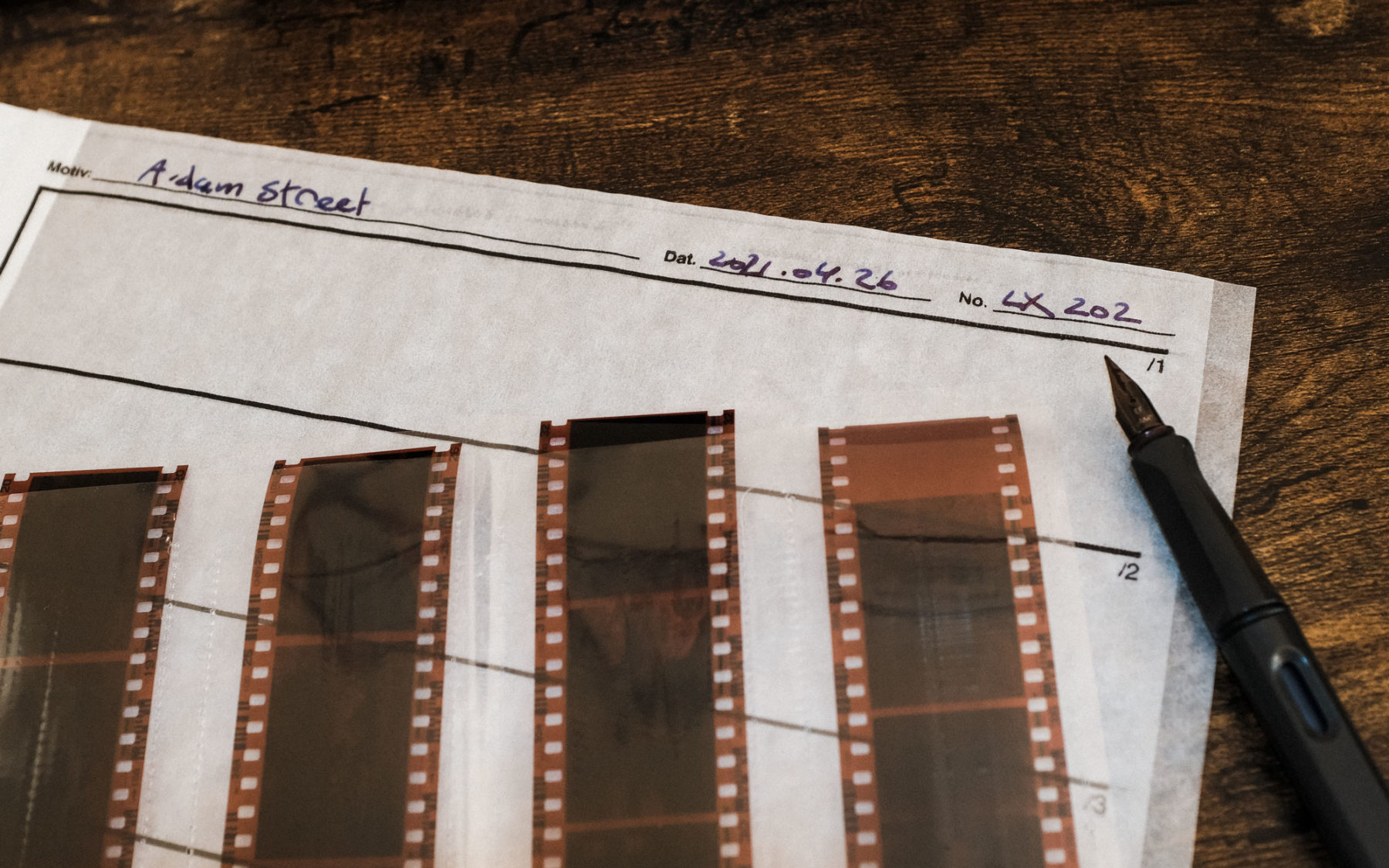
Now we know which roll we’re archiving and we’ve marked up the sleeve it’s time to move the negatives from of their temporary non-archival plastic sleeves into their new forever home (see below).

I am careful to only touch the sides of the negative so I don’t get harmful finger prints all over the negatives. The super legit way is to wear white gloves.

Now it’s time to grab the correct folder, which in this case would be the one marked LX •• since roll 202 lives in the 200-300 range. Once the sleeve is in the binder at the right spot chronologically I put the binder back on my shelf and let out a yelp of happiness.

I don’t know about you, but seeing my 2018-2022 negatives organized like this brings me a lot of joy. Almost as much joy as when a client or friend asks for a specific photo and I know for sure I can find it in under one minute. The relief! The calm!
That’s it! Seven easy steps to organize and archive your negatives, and honor your work. Let me repeat one more time that regardless of where you’re at in your photography journey, regardless if you’re doing it just for fun or with a career in mind:
Your photos matter.
Archiving is care-taking and honoring. If you don’t treat your work like it matters and has value, why would anyone else?
If you already have two shoeboxes full of negatives and feel too overwhelmed to get started I understand, but I promise once you get in the groove it moves pretty fast. If you can set aside an hour after eating dinner or a few hours on a weekend you’ll be done before you know it. I love watching photography YouTube videos while I archive. It’s my version of knitting a scarf while watching a movie.
Before you get started make sure to also read the following two issues from the Process archives to get the benefit of this system.

I work with a wide range of editorial and commercial clients interested in telling timeless stories that move people.
Founding curator of the ongoing Projected exhibit at the International Center of Photography, which has featured work by over 300 photographers from nearly 50 countries.
– Wesley Verhoeve, Photographer and Curator


